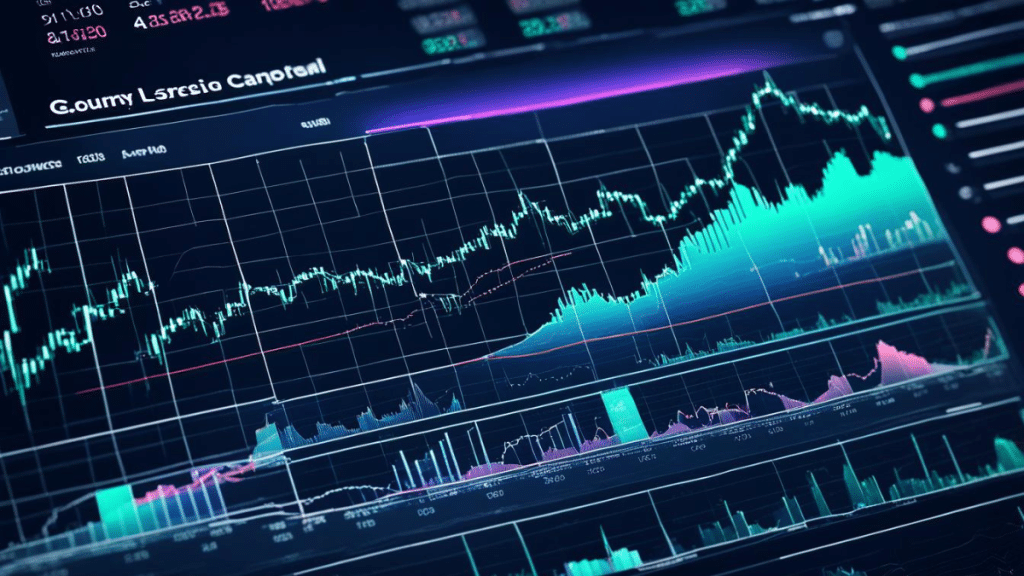European markets are trading higher and the US futures are also indicating a higher open for the US stocks.
The Dow gained a steep 400 points in normal trade yesterday, but the S&P 500 lost 0.1% and the Nasdaq Composite lost 0.8%. The lackluster beginning to the session indicates that investors are rebalancing portfolios in anticipation of more clarity on macroeconomic events. In Europe, futures point to a stronger opening: London’s FTSE is set to open 0.2% higher, Germany’s DAX CFD index, will climb 0.4%, France’s CAC 40 is 0.5% higher, and Italy’s FTSE MIB is 0.6% higher.
Optimism is in the form of hopes for a breakthrough in the trade negotiations, especially with the July 9 deadline for President Trump’s 90-day tariff grace period. Though no specific solutions have been reached, traders are responding to the potential for extensions of trade or partial deals. Also helping to boost market sentiment are dovish remarks from Fed Chairman Jerome Powell that the central bank would already have cut rates if trade policy uncertainty were not an issue.
There are two reasons for this cautious optimism. For one, investors are doing a reassessment of positions following a good second quarter, led by the “Magnificent Seven” technology giants, with some profit-taking being witnessed in growth-weighted spaces like technology. The rotation into value and cyclicals—sectors that have historically outperformed in stable rate environments—is likely contributing to the strength in European futures, where financials and industrials are the primary constituents. Two, macroeconomic guidance remains central. Powell’s remarks on the postponed rate reductions because of tariffs suggest a dovish inclination, yet notice also that inflation hazards continue to be bound to uncertain exchange developments, and thus investors continue to be nervous.
The larger lesson is a market in transition: digesting recent gains, balancing future threats, and awaiting fresh signals. Though today’s futures activity is robust, particularly in Europe, investors are guarding against headline risk out of Washington, macro surprise from today’s ADP jobs report, and fresh news on global trade negotiations. Should momentum develop from abating trade tensions or more definite policy direction from the Fed or ECB, this flat-to-firm positioning would translate into more broad-based market strength. Otherwise, markets will tend to trade ranges, optimism tempered by caution.
TRADE POLICY AND TARIFF UNCERTAINTY
President Trump’s hardening stance towards the July 9 tariff deadline date and his public skepticism at the possibility of making a deal with Japan have injected new trade uncertainties into market narrative. Fears are growing that reinstatement of higher tariffs, particularly on the key industries of autos and industrial components, would upset global trade flows. This has prompted a rotation from high-valuation tech stocks to more defensive and cyclical stocks. European markets are relatively more resilient on hopes of breakthroughs in some of the bilateral trade talks, but they too remain highly sensitive to any shift in U.S. trade rhetoric and policy tilt.
HAWKISH CALM FROM THE FED REMARKS FROM FEDERAL RESERVE
Chairman Jerome Powell brought a warning note to market hopes, reaffirming that the central bank is in no rush to ease interest rates. Powell attributed causes of ongoing inflation pressures to policies surrounding international trade, which he said means rate cuts in the future are very much data-dependent and not on the horizon. This hawkish shift has quashed market hopes of policy relaxation anytime soon, weighing on rate-sensitive shares while boosting U.S. currency and Treasury yields. Equity markets are, therefore, adapting to this shift in Fed tone, with more focus being put on future macroeconomic data as a key driver of future monetary policy.
GOLD PRICE
The metal is trading at $3,330-$3,340 per ounce, experiencing a slight pullback while it awaits pivotal economic releases like the ADP Non-Farm Employment and ECB President Lagarde statements. The metal, having been on a prolonged trend following geopolitics and inflation concerns, has experienced the recent pullback due to traders re-evaluating short-term policy cues despite the metal being heavily supported, with 2025 price forecasts boosted to $3,215.
Market players are sensitive to whether this day’s labour report and Lagarde commentary have any future policy implications. A softer labour reading or dovish ECB commentary can spur additional gold upside, assisted by rising rate cut expectations. Better-than-expected economic data might suppress near-term momentum but gold’s appeal is still here amid continued macroeconomic fragility.
The broader political backdrop, with Trump’s opposition to agreeing to extending the July 9 deadline on trades and his support of a big fiscal package, is contributing to both political and economic uncertainty and further boosting the safe-haven demand of gold. And yesterday’s conflicting labour reports—highlighting continuing job openings but a weakening of total hiring—all fuel concerns that the Federal Reserve is at a policy pivot. And with a Senate passing a multi-trillion-dollar fiscal package raising questions of fiscal strength and deficits, those are conditions that have historically benefited gold. And in the midst of it all, gold is still receiving inflows from risk-averse buyers, helped by negative real yields, and is still at the top of its recent trading range.
